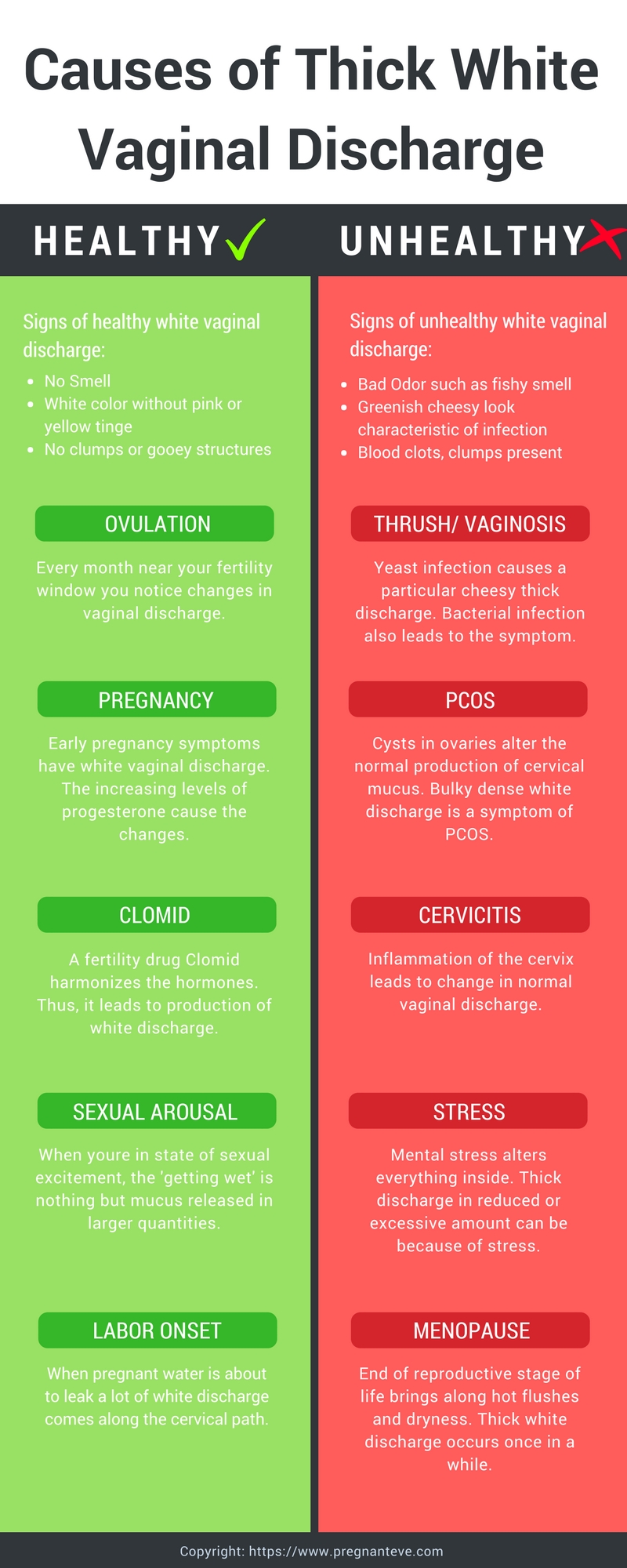Understanding Thick Discharge: Causes, Symptoms, And Treatment

Thick discharge is a common concern for many individuals, often leading to questions about its causes and implications for health. In this article, we will explore the various aspects of thick discharge, including its causes, symptoms, and potential treatments. Understanding this condition is essential for maintaining reproductive health and ensuring that any underlying issues are addressed promptly.
Thick discharge can occur in individuals of all ages and can vary in color, consistency, and odor. It's important to recognize what might be considered normal and when to seek medical advice. This article aims to provide valuable insights and information that can help you navigate this topic effectively.
Whether you are experiencing thick discharge yourself or are simply seeking to educate yourself on the topic, this comprehensive guide will cover everything you need to know. From the anatomy of the reproductive system to the various reasons behind thick discharge, we have you covered.
Table of Contents
Understanding Thick Discharge
Thick discharge is typically a result of the body's natural processes. It can be a normal occurrence, especially during certain phases of the menstrual cycle. However, it can also indicate underlying health issues, which is why understanding this symptom is crucial.
Biological Factors Influencing Discharge
The reproductive system is complex, and several biological factors can influence the characteristics of discharge. Here are two key factors:
The Menstrual Cycle
Throughout the menstrual cycle, hormonal changes can significantly affect the consistency and volume of vaginal discharge. For instance:
- During ovulation, discharge may become clearer and more slippery.
- In the luteal phase, discharge can become thicker and creamier due to increased progesterone levels.
Thick Discharge and Pregnancy
Pregnancy can also lead to changes in discharge. Many women notice an increase in thicker discharge, often referred to as leukorrhea, which is usually harmless and a sign of healthy hormonal changes.
Causes of Thick Discharge
There are several potential causes of thick discharge, including:
- Hormonal fluctuations
- Infections (bacterial vaginosis, yeast infections)
- Sexually transmitted infections (STIs)
- Allergies or sensitivities to products
- Cervical mucus changes
Symptoms to Watch For
While thick discharge can be normal, certain accompanying symptoms may warrant medical attention:
- Foul odor
- Itching or irritation
- Unusual color (green, yellow, or gray)
- Pain during intercourse
- Pelvic pain or discomfort
When to See a Doctor
If you experience any of the above symptoms along with thick discharge, it’s essential to consult a healthcare provider. Persistent changes in discharge can indicate infections or other health issues that require treatment.
Diagnosis of Thick Discharge
Diagnosis usually involves a physical examination and may include:
- Pelvic exam
- Pap smear
- Laboratory tests to identify infections
Treatment Options
Treatment for thick discharge depends on the underlying cause. Options may include:
- Antibiotics for bacterial infections
- Antifungals for yeast infections
- Hormonal therapies for hormonal imbalances
Preventive Measures
To help maintain healthy vaginal discharge, consider the following preventive measures:
- Practice good hygiene
- Avoid douching and scented products
- Wear breathable underwear
- Stay hydrated
Conclusion
Understanding thick discharge is essential for maintaining reproductive health. While it can be a normal occurrence, being aware of the symptoms and when to seek medical advice is crucial. If you have any concerns about your discharge, don’t hesitate to contact a healthcare provider for guidance.
We encourage you to share your thoughts in the comments below or explore more articles on our site for additional information about reproductive health.
Penutup
Thank you for reading! We hope this article has provided you with valuable insights into thick discharge. Don't forget to return for more informative articles that can help you in your health journey.
ncG1vNJzZmivmaC2b7XSrJirrZKWe6S7zGikmrCemsS0hI6tn6Kbm2Kxqr%2FCoZirn5VjtbW5yw%3D%3D